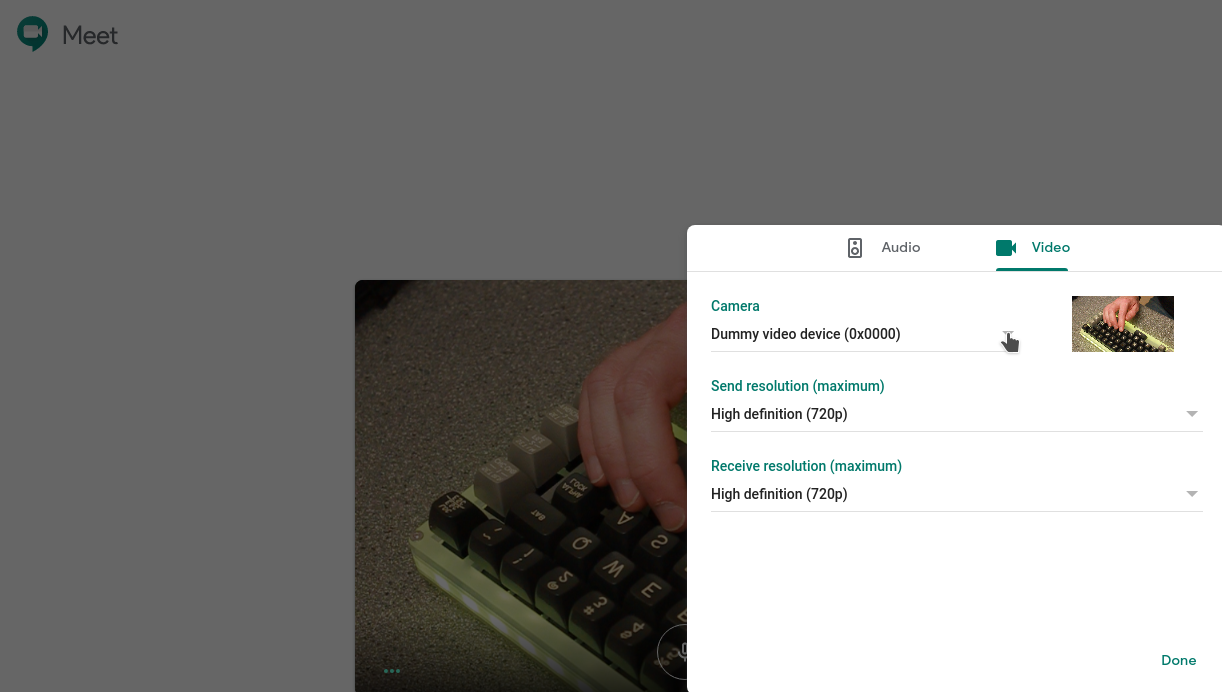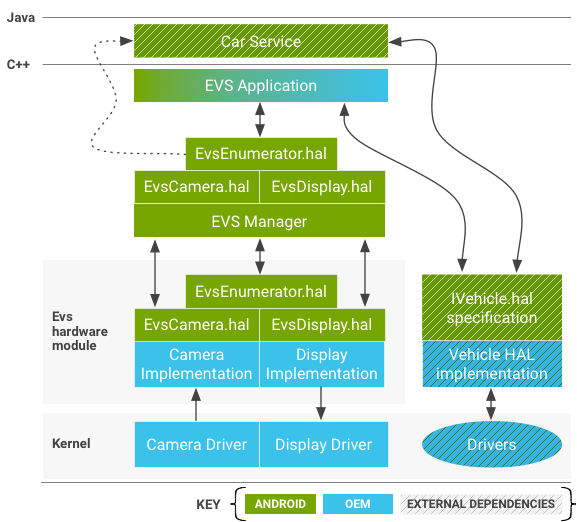Stream RICOH THETA V or Z1 cameras with small Linux board computers such as NVIDIA Jetson Nano or x86. UVC 1.5 open source driver and gstreamer sample app. Control camera API and power it with a USB cable.
- Drivers Linux Developer Community Cameras Download
- Drivers Linux Developer Community Cameras Software
- Drivers Linux Developer Community Cameras App
- Drivers Linux Developer Community Cameras Wireless
Compiling and/or upgrading graphics drivers in Linux is a complex and error-prone task. Here is a user guide for how to build the driver from scratch. If you are not experienced doing this, we recommend that you get precompiled packages from one of the many Linux distributions. Source code repositories Kernel driver development. These drivers are provided and maintained by the Linux. distribution vendors. Contact your operating system vendor (OSV) and use their distribution for driver access and support. Linux developers. Intel Graphics Drivers for Linux. are available in source form. The Intel Graphics for Linux site describes other ways you can obtain drivers.
Why Is My Registration Required?
Integrate Live Streaming with the USB API
Switch Between Still Image and Live Streaming Modes
Wake Camera From Sleep
Run OpenCV and TensorFlow
Use OpenCV and TensorFlow to detect objects and trigger applications
Huge Storage
Save 4K video to the storage of the Linux board computer
Custom Video Pipeline
Build your own video processing pipeline to broadcast stream to other cloud services.
Open Source and Open APIs
Open source user mode Linux driver and open APIs allow you to freely build future-proof applications.
“New Linux video USB driver support allows developers to control RICOH THETA streaming video through the USB API. Please check out our sample programs that show developers how to process video to detect objects in real-time.”
Community Developer
theta360.guideBased on libuvc by Ken Tossell.
Modifications for RICOH THETA cameras by nickel110
Understand your options
You can either use the NVIDIA proprietary video driver for x86 Linux, currently version 450 as of Oct 16, 2020, or use the X.org nouveau driver. Learn the differences and how the driver can impact your gstreamer application, which is needed to access the RICOH THETA camera on /dev/video0 or /dev/video1. Performance of both drivers is good. Latency is below 1 second. The NVIDIA proprietary driver may be a bit lower latency. Try it yourself.Mounting Options
The bottom screw of the THETA is 1/4' by 20 threads per inch. This is a standard tripod screw size. You need to use an extender to fit the USB cable to the send of the female connector on the camera.

When you mount the camera, you can either use a light stand with a narrow mounting base or you can use a triod and an extender. The extender on the right is made from a 1/4' by 20tpi stud and coupler from a hardware store. The extender cost about USD $3 in parts. You still need to buy a tripod with this rig. An AmazonBasics Alumninum light stand is USD $20.49.
Test Streaming Concepts
Drivers Linux Developer Community Cameras Download
Learn by doing. Have fun testing concepts such as RTSP streaming and use cheap robots to help you and your colleagues imagine new ways of seeing and processing live streaming visual data.
Although .guide is an independent site, we receive sponsorship from RICOH. In order to justify the value of this site to our sponsor, we report back to RICOH on popularity metrics for different types of content. .guide does not sell anything and there are no paid ads or endorsements on our sites. We succeed if the content we provide is of use to people.
There is little public documentation on the ricohapi GitHub READMEs and web sites about Linux Live Streaming. We are slowly collecting tests from the community and augmenting community tests with our own tests. The process takes time. There are still many gaps in the Linux Streaming documentation and it will take more time to solve these problems. Registration helps us verify the value of our work with the community. Thank you.
If you ever find information on this site that is useful, please let us know or let someone at RICOH know. The effort by you will help all of us to continue the exchange of community content.
- 1UVC Gadget
- 1.2Using configfs
UVC Gadget
UVC or USB Video Class is a USB specification created by the USB Implementers Forum (USB-IF) and it is intended to standardize the video streaming functionality on the USB, that is, if you want to create a USB embedded device capable of sending video over the USB port and compatible with most operating systems and applications, then you need to implement the UVC specification.
Linux-based operating systems as well as other, have support for UVC based devices such as webcams, acting as a host for the device. In the case of the device side, also known as the gadget, the driver support is usually proprietary depending on the manufacturer. The Linux kernel has added an implementation of a UVC gadget driver to its mainline in order to help developers to create Linux based devices with UVC support. Beside those efforts, the current UVC driver does not implement all the UVC specification and it is quite hard to configure and use, depending heavily on a userspace application in order to complete the enumeration process and start the video streaming.
This wiki page shows you how to configure and use the linux UVC gadget driver. The user has 2 ways of configuring a UVC gadget: using the g_webcam kernel module and through configfs. Following you will find the the instructions for both methods.
Using kernel g_webcam module
The Webcam Gadget acts as a composite USB Audio and Video Class device. It provides a userspace API to process UVC control requests and stream video data to the host.In order to enable the module, make sure the CONFIG_USB_G_WEBCAM module is selected in kernel configuration:
After the module has been enabled and built, in order to use it you have to load it as follows:
After this, a new /dev/videoXdevice will be created that will be used by the user space application.
Using configfs
Configfs allows Userspace-driven kernel object configuration.Configfs is a ram-based filesystem that provides the converse of sysfs's functionality. Where sysfs is a filesystem-based view of kernel objects, configfs is a filesystem-based manager of kernelobjects, or config_items.
A configfs config_item is created via an explicit userspace operation: mkdir. It is destroyed via rmdir. The attributes appear at mkdir time, and can be read or modified via read and write.Unlike sysfs, the lifetime of the representation is completely driven by userspace. The kernel modules backing the items must respond to this.
Enabling configfs
First you have to make sure that configfs is enabled:
Then, make sure the UVC function is also selected:
Drivers Linux Developer Community Cameras Software

You can take a look here for instructions on how to verify and mount configs.
Configuring UVC function
First, make sure the libcomposite module is loaded:

Then, in order to identify the configfs folder location you can run:
Now lets setup some information for the device:
Lets start creating the device:
1. Create the gadget
you will get the following:
2. Set vendor and product ID
3. Create English string
You will get the following contect:
4. Add manufacturer, serial number and product information
5. Create configuration
You will get the following:
6. Create English string for configuration
you will get the following:
Drivers Linux Developer Community Cameras App
7. Create UVC gadget function
You will get the following:
8. Add resolutions
you will get:
9. Add frame intervals to resolution
You will get:
10. Create header

11. Configure max packet size
12. Assign configuration to function
Drivers Linux Developer Community Cameras Wireless
13. Bind USB Device Controller (UDC)
After this, a new /dev/videX device will be created that can be used by the user space application.
In order to disable the Gadget just do:
NOTE: Some devices might need to configure the USB role to be a peripheral. In such case, something like this might be needed:
In case of OpenQ 410 for example, this is done by HW so this step is not needed. It can be checked as follows:
